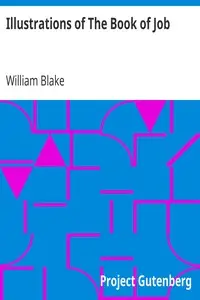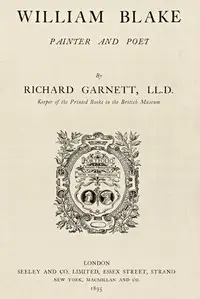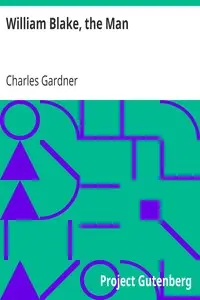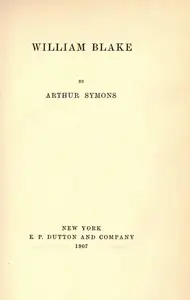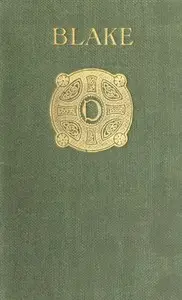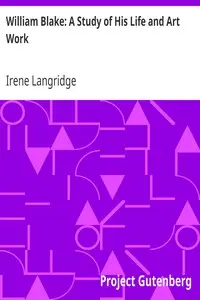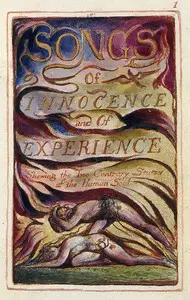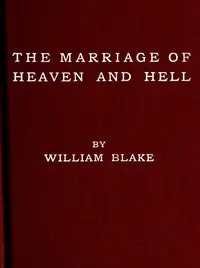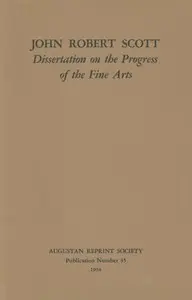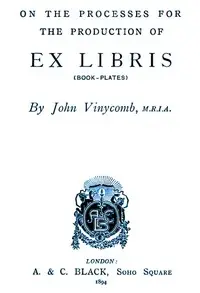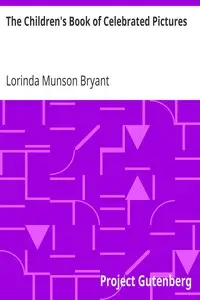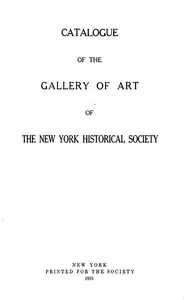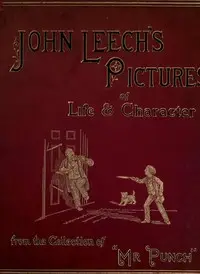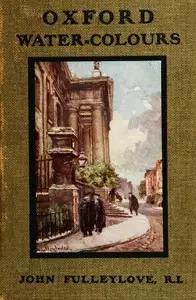"Twenty-Seven Drawings by William Blake" by William Blake is a collection of illustrations from the late 1700s to early 1800s, displaying captivating drawings for the well known stories of "Paradise Lost", "Comus", and the Bible. Blake's talent for mixing writing with the visual arts adds exciting perspective to classics in literature through artistic creation. Within the book are illustrations that highlight important scenes from "Paradise Lost", such as the creation of Eve and the temptation, including illustrations of Adam and Eve, and when they were kicked out of the Garden of Eden. It shows scenes from Milton's "Comus," displaying characters like Comus himself as the captor and the captives he enchanted and fought with. Presented in the book are illustrations fueled by biblical stories, like "David and Goliath" and "The Woman Taken in Adultery," too. Every drawing shows the emotional and spiritual substance of each story giving readers a visual form of excitement, and a more meaningful understanding of the themes for each story.
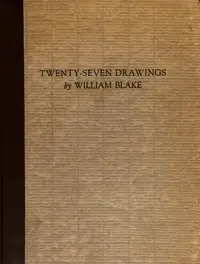
Twenty-Seven Drawings by William Blake Being Illustrations for Paradise Lost, Comus, and the Bible
By William Blake
Experience a journey through literary classics and biblical tales through an artist's unique and spiritual vision.
Summary
About the AuthorWilliam Blake was an English poet, painter, and printmaker. Largely unrecognised during his life, Blake has become a seminal figure in the history of the poetry and visual art of the Romantic Age. What he called his "prophetic works" were said by 20th-century critic Northrop Frye to form "what is in proportion to its merits the least read body of poetry in the English language". While he lived in London his entire life, except for three years spent in Felpham, he produced a diverse and symbolically rich collection of works, which embraced the imagination as "the body of God", or "human existence itself".
William Blake was an English poet, painter, and printmaker. Largely unrecognised during his life, Blake has become a seminal figure in the history of the poetry and visual art of the Romantic Age. What he called his "prophetic works" were said by 20th-century critic Northrop Frye to form "what is in proportion to its merits the least read body of poetry in the English language". While he lived in London his entire life, except for three years spent in Felpham, he produced a diverse and symbolically rich collection of works, which embraced the imagination as "the body of God", or "human existence itself".

